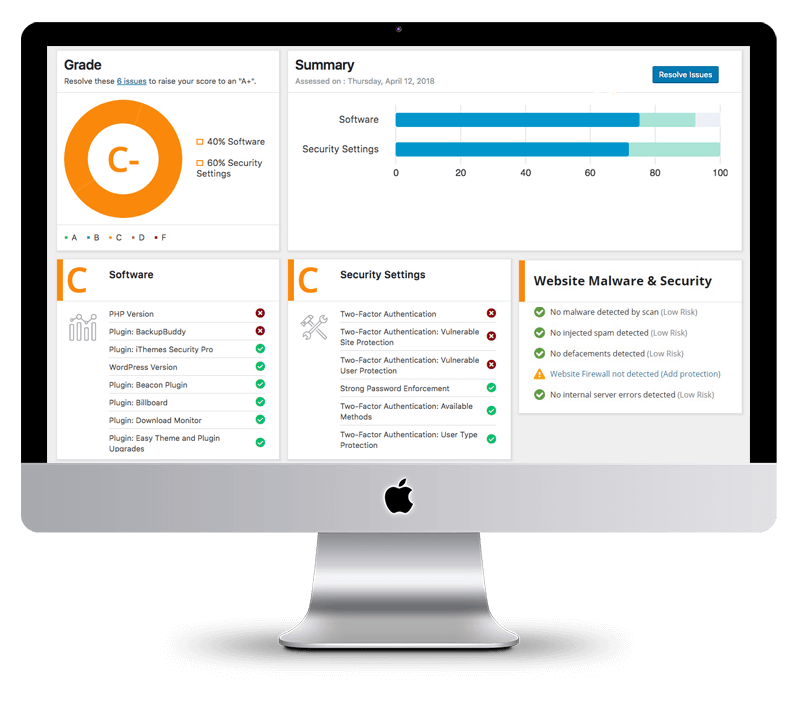Ever wonder what makes a service business homepage pull in serious cash, like $30,000 a month, while others barely get a single inquiry? After tweaking homepages for everyone from therapists to locksmiths, a clear pattern emerged. It’s not about fancy design or slick branding. It’s about having the right 10 elements, placed in a very specific order. Think of it like a combination lock – get the sequence right, and everything just clicks. I’m here to give you that combination.
The Hero Section: Your First Impression
This is the very top part of your homepage, the first thing anyone sees. It has a lot of work to do. You need to quickly tell people:
- What you do.
- Why it matters to them.
- How they can get it.
The headline should focus on the specific result your clients will get. What’s the ultimate outcome they’re looking for? That’s your promise. But that’s not enough. They need to know how you deliver that result. That’s where the sub-headline comes in. If your headline promises to change their life for the better, the sub-headline should explain if you’re a life coach, a doctor, or a therapist. Without this context, people will tune out.
Next, tell them how to get started. Instead of a weak "Contact Us," use something clear like "Schedule Your Consultation." This tells them exactly what happens next, making them more comfortable taking action.
To really boost interest, add social proof right at the top. This could be pictures of happy clients, a "500+ Happy Clients" count, or even short testimonial quotes. Also, consider adding three bullet points highlighting actual outcomes or results clients can expect. These aren’t just features; they’re the tangible results.
For the main image, avoid generic skyline photos or pictures of yourself. Use images that represent your ideal client, looking happy and relaxed. If you’re a financial planner, show someone enjoying their life, not just a picture of you in a suit. The visual should reinforce the story your text is telling.
The Problem Section: Empathize and Identify
Your homepage needs to tell a story, like a hero’s journey, but your client is the hero, not you. This section lays out the problem they’re currently facing. Talk about what they’re going through, maybe even what they’ve tried that didn’t work. Use bullet points to make it relatable:
- Does this sound familiar?
- Problem one
- Problem two
- Problem three
Paint a clear picture of their struggles.
The Solution Section: Your Role as Mentor
Only after painting the problem picture do you introduce the solution. Here, you step in as the mentor guiding the client. Explain what you saw as broken in the market and how you understand their problem. Then, establish your authority – why are you the right person to help? You need both understanding and authority to connect with potential clients. Keep this section concise, and include a photo of yourself or your team. Seeing a real person behind the business builds trust.
Services Section: What You Offer
If you have multiple services, list them here. Focus on the 3-5 services that make up the bulk of your business (the 80% rule). Each service should ideally link to a dedicated page for more details.
The Benefit Section: Focus on Outcomes
Benefits are better than features because they focus on results. Think about Steve Jobs and the iPod. Competitors talked about megabytes (features), but Jobs talked about "a thousand songs in your pocket" (benefits). List three key benefits, as people tend to process information in threes. For each benefit, include a short description that touches on the feature and explains the deeper meaning. For example, "1GB of storage gives you the freedom to listen to any song you want." This connects the feature to the real-world value.
The Process Section: Simplify the Journey
Make it easy for clients to understand how working with you happens. Outline a simple, three-step process. Even if your work involves many steps, condensing it to three makes it feel manageable for the client.
- Step 1: Align this with your call to action (e.g., "Schedule Consultation"). Explain what they need to do and the benefit of that step.
- Step 2: This is where you do the work – planning, implementing, etc.
- Step 3: Focus on the end result or the feeling they’ll have.
The Testimonial Section: Build Trust with Stories
Expand on the social proof from the hero section. Show stories of people you’ve helped. Video testimonials are powerful because they’re hard to fake and convey genuine emotion. If you use video, pull out a key quote for those who might not watch the whole thing. Always include a five-star graphic. Feature one main testimonial and then three shorter ones. Make the headline of each testimonial reflect the key result (e.g., "Saved Me 2 Hours a Week"). Include photos of the people giving testimonials whenever possible; it adds credibility.
The Features Section: Address the Logic
While benefits drive emotion, features satisfy the logical side of decision-making. After the emotional buy-in, people need to feel they’ve done their homework. List your features clearly. You can even compare them to competitors, highlighting where you excel. Use checkmarks to show what clients get with you versus what they miss out on with others. Aim to have more checkmarks in your column.
FAQs: Handle Lingering Doubts
By this point, visitors are likely invested, but they might have lingering questions or objections. Address about six common questions or objections on your homepage. If pricing is an issue, rephrase a question like "Why can’t I go with someone cheaper?" and then provide your strong rebuttal, explaining what they gain by choosing you over a cheaper option.
The Call to Action: Seal the Deal
This is your final push. Ask a direct question like, "Are you ready to get started?" and repeat your clear call-to-action button, just like in the hero section. It’s a final invitation to take the next step.
Even with this blueprint, things can still go wrong. That’s why I’ve updated my masterclass, "The Automated Clients-on-Demand Website Blueprint for Service Businesses." It covers everything you need, including other essential pages, how to avoid pages that push clients away, and how to build it all without code in an afternoon. It’s an hour well spent on your business.


